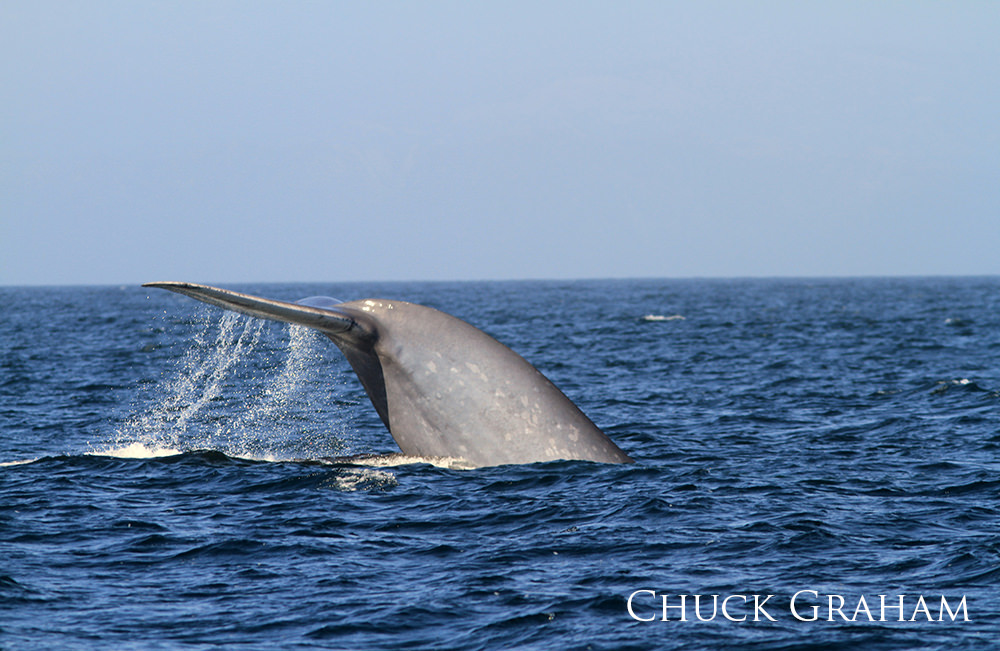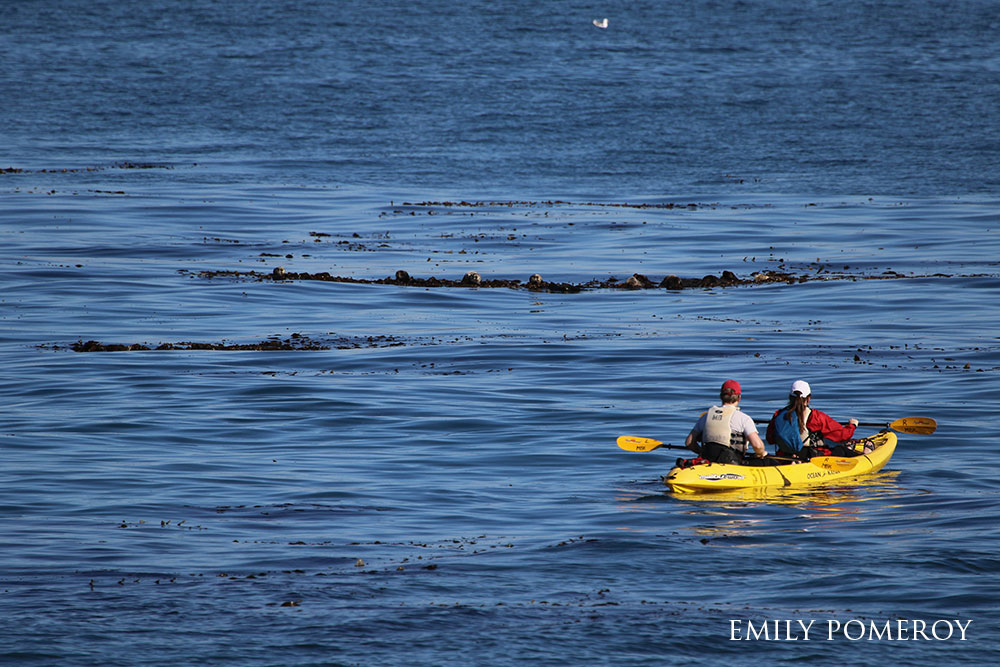Monterey Bay National Marine Sanctuary has one of the most diverse and abundant assemblages of marine life in the world, including at least 36 species of marine mammals, 180 species of seabirds and shorebirds, 525 species of fishes, and an abundance of invertebrates and algae. Nearly all of the mammal and turtle species, and many birds, are protected under the Marine Mammal Protection Act, the Migratory Bird Treaty Act, and/or the Endangered Species Act.

With the multitude of opportunities for wildlife viewing comes the potential for wildlife disturbance that may result in flushing birds from their nesting roosts, harassment of seals, sea lions, or sea otters, as well as trampling and illegal collecting of intertidal organisms. Other sources of wildlife disturbance include low-flying aircraft, fireworks displays that can flush seabirds and marine mammals, marine debris, ocean noise, and motorized personal watercraft.
Frequent human disturbance can adversely affect marine species and can be especially critical during sensitive time periods, such as feeding, breeding, resting, or nesting. Disturbance is likely to cause avoidance reactions and may result in interruptions of social behavior of animals and can potentially impact long-term changes and local distribution and population sizes.
Monterey Bay National Marine Sanctuary addresses wildlife disturbance through outreach, regulations, and enforcement actions. Sanctuary regulations prohibit harassment of marine mammals, as defined under the Marine Mammal Protection Act (16 U.S.C. 1361 et seq.) and the National Marine Sanctuaries Act (16 U.S.C. 1431 et seq.). The sanctuary is mandated to approach resource protection from a broad, ecosystem-based perspective. This requires consideration of a complex array of habitats, species, and interconnected processes and their relationship to human activities.
To prevent disturbance, whether on land or on the water, always follow responsible wildlife viewing guidelines and maintain your distance to keep you and wildlife safe. If viewing whales by boat or kayak on the water, be sure to follow all whale watching guidelines.






